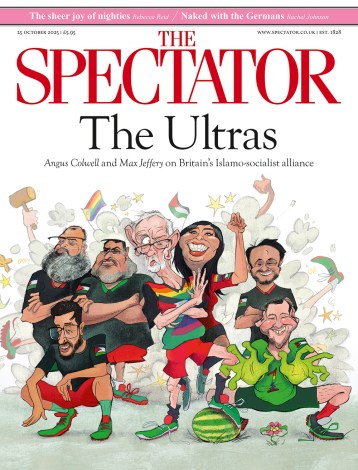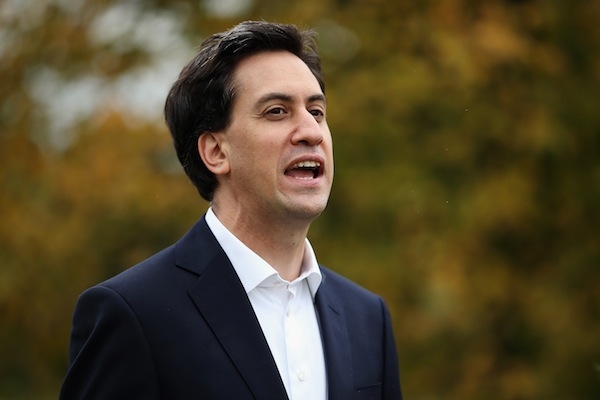Labour’s lead in the polls has been pretty steady at around 10 points for a little over a year now. So why does today’s Guardian carry an article with the headline ‘Outright election victory in 2015 looks a distant prospect, pollster tells Labour’? It’s based on two YouGov polls — commissioned by Progress and actually conducted two months ago, but released today.
The first asked voters to put each of the parties into one of four categories: ‘nice and smart’, ‘nice but dim’, ‘mean but smart’ and ‘mean and dim’. Labour seems to come out best, in that it has the highest proportion choosing ‘nice and smart’ and the lowest choosing ‘mean and dim’. But only 24 per cent say the party is ‘smart’, compared to 33 per cent for the Tories. (Troublingly, all three parties are seen as ‘dim’ by the majority of voters).
smart’, ‘nice but dim’, ‘mean but smart’ and ‘mean and dim’. Labour seems to come out best, in that it has the highest proportion choosing ‘nice and smart’ and the lowest choosing ‘mean and dim’. But only 24 per cent say the party is ‘smart’, compared to 33 per cent for the Tories. (Troublingly, all three parties are seen as ‘dim’ by the majority of voters).
The Conservative Party’s problem is neither new nor surprising: it’s seen as the nasty party, with 57 per cent calling it ‘mean’ to only 29 per cent for ‘nice’. The Lib Dems — like Labour — are largely seen as nice but dim.
YouGov’s second poll asked people what they expect of majority Conservative and Labour governments should each party win the next election. None of the questions elicited an overwhelming vote of confidence in either party, but four did expose differences between them. People are more likely to see Labour as being ‘on their side’, to govern in the interests of the whole country and not just their friends, and to ensure that public services provide good value for money. But the bad news for Labour is that only 32 per cent believe they ‘have the courage to take tough and unpopular decisions’, compared to 54 per cent who think the Tories do. ‘For a party whose greatest campaigning challenge is to appear reassuring’, says YouGov president Peter Kellner, ‘this should be profoundly troubling’.

But how useful is it, really, to focus on these sorts of poll questions rather than the ones that simply ask people how they’d vote? By asking questions about how people see the parties and then making assumptions about how this translates into who they’d vote for, we end up with a much rougher and less accurate picture than if we just ask people who they’d vote for. Their views of a party — whether its smart or dumb, nasty or nice, capable of taking tough decisions or not — are baked into the voting intention figures, along with a whole host of other factors that we can’t account for.
Of course, while the voting intention figures give us a pretty good idea of how an imaginary election would go today, they can’t tell us much about the real election which is still two years away. So do today’s numbers give us a clue about the polls’ direction of travel over the next two years? They do suggest that attacks against Labour premised on the idea that they aren’t ‘smart’ enough to govern, or that they wouldn’t take the tough decisions necessary, might find a receptive audience. But then again, people already think that of Labour and yet the party has an eight-point lead.
Every evening in the Spectator’s Evening Blend email we compile the latest odds on what the next government will be. For this and other insight into the Westminster world, subscribe for free here.






Comments